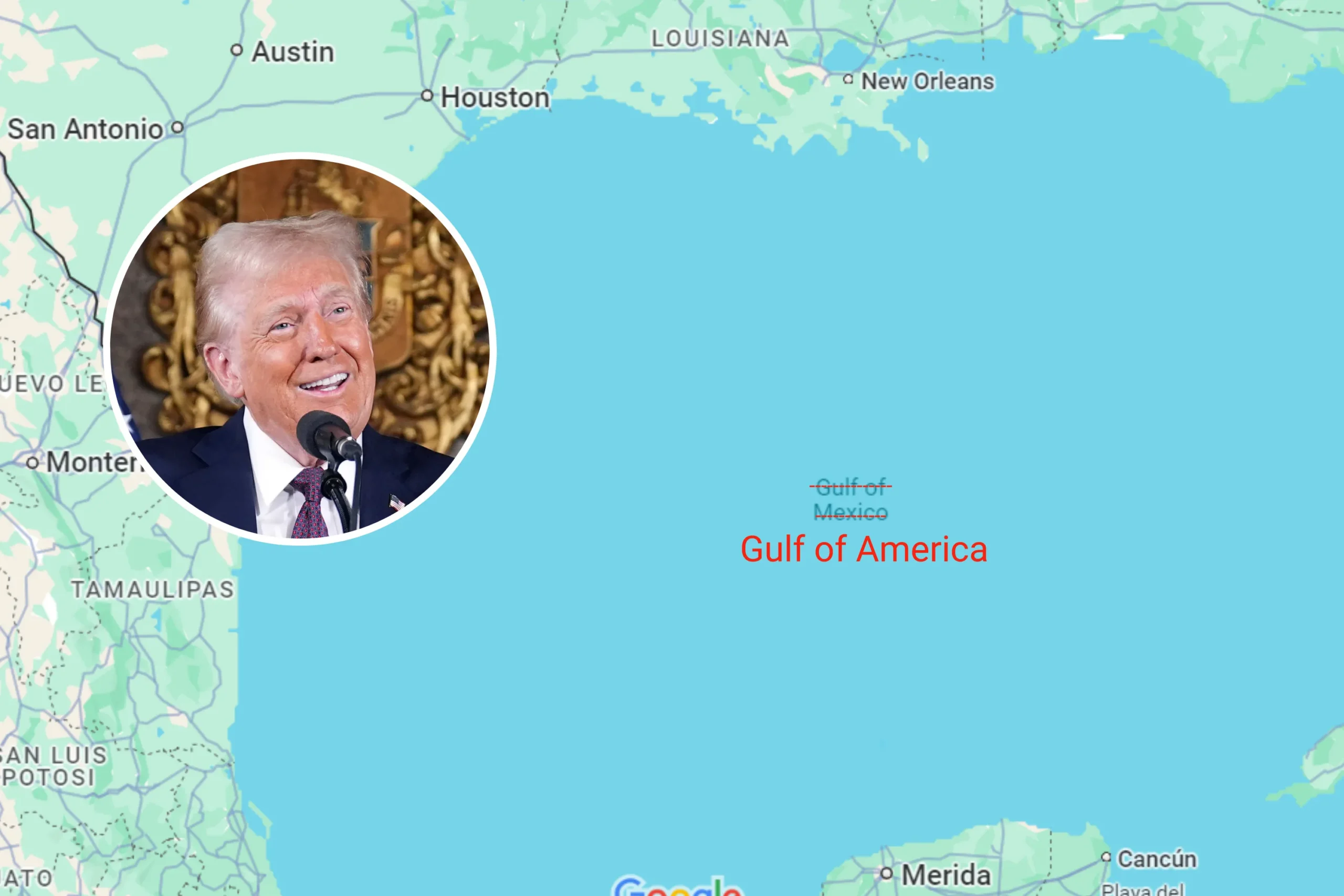Google Maps Shocks Users by Renaming Gulf of Mexico to Gulf of America!
In a surprising move, Google Maps has announced that it will rename the “Gulf of Mexico” to the “Gulf of America” for users located in the United States. This change is part of a broader initiative to align the mapping service with updates from the U.S. Geographic Names System. While this decision has sparked a wave of reactions, it highlights ongoing discussions about geographic naming conventions and their cultural implications.
The name change will only be visible to U.S. users, while the original name will remain in use in Mexico. In regions outside the U.S. and Mexico, both names will be displayed, allowing for a dual recognition of the body of water. This dual naming approach aims to respect the historical and cultural significance of the Gulf while also acknowledging the new designation for American users.
This decision follows a historical precedent set by the Trump administration, which sought to revert certain geographic names to their previous titles. One notable example is the renaming of Mount Denali back to Mount McKinley, a move that was also met with mixed reactions. The Interior Department’s announcement last week confirmed that the Gulf of Mexico will now officially be known as the Gulf of America, a directive that aligns with the administration’s broader geographic renaming efforts.
Google has indicated that the change will be officially implemented once government sources update their records. The tech giant has committed to reflecting these changes in its Maps app in accordance with government guidelines. This means that users can expect to see the new name in the coming weeks, as the updates are rolled out.
Reactions to the renaming have been varied. Some users expressed surprise and confusion over the change, while others have voiced their support for the new designation. A survey of social media reactions reveals a split in opinion, with many users questioning the necessity of the change and others celebrating it as a move towards a more inclusive representation of the Gulf.
-
Surprise and Confusion: Many users took to social media to express their astonishment at the sudden name change. Comments ranged from bewilderment to outright disbelief, with some users asking, “Why now?”
-
Support for Change: Conversely, supporters of the new name argue that it reflects a more American-centric view of geography. They see it as a way to foster national identity and pride, especially in a region that plays a significant role in U.S. history and economy.
-
Cultural Implications: The renaming has also sparked discussions about the cultural implications of geographic naming conventions. Critics argue that such changes can erase historical significance, while supporters believe it can lead to a more unified national identity.
As the Gulf of America is displayed alongside the Gulf of Mexico in regions outside the U.S. and Mexico, it raises questions about how geography is perceived and represented. This dual naming could serve as a bridge between different cultural perspectives, allowing for a more nuanced understanding of the Gulf’s importance to both nations.
In conclusion, Google Maps’ decision to rename the Gulf of Mexico to the Gulf of America has ignited a significant conversation about geographic naming conventions. As the change takes effect, it will be interesting to observe how users adapt to the new name and how it impacts their perception of this vital body of water. The dialogue surrounding this change reflects broader societal discussions about identity, history, and the importance of names in shaping our understanding of the world.
This latest development in geographic naming conventions serves as a reminder of the power of language and its ability to influence cultural narratives. Whether one supports or opposes the change, it undeniably opens the door for further discussions on how we define our geography and the implications that come with it.






Leave a Comment